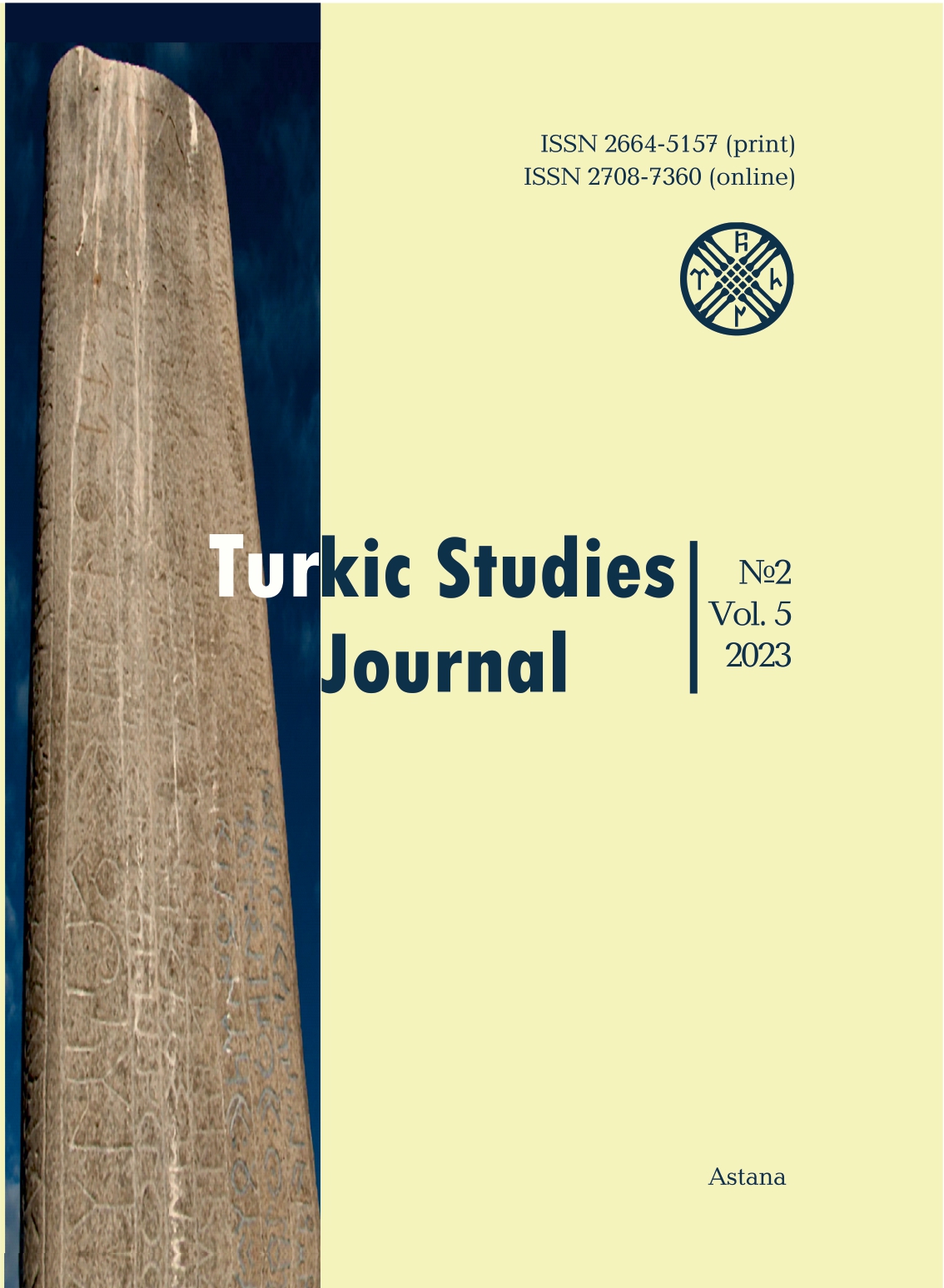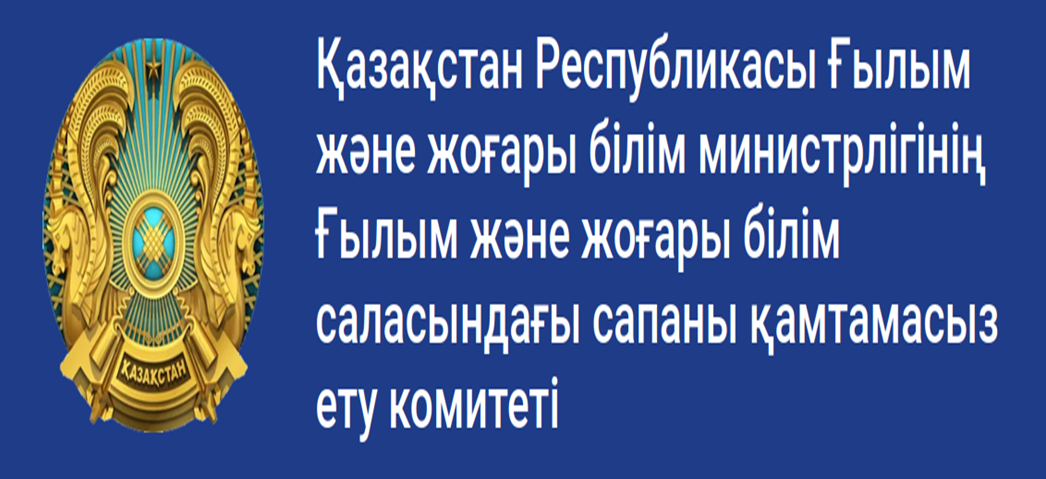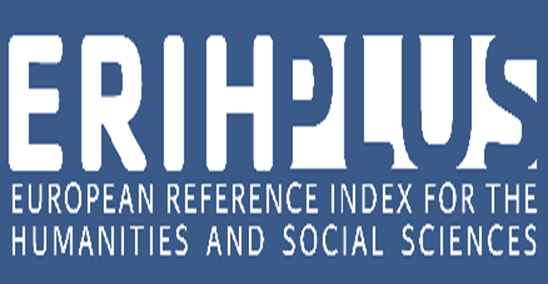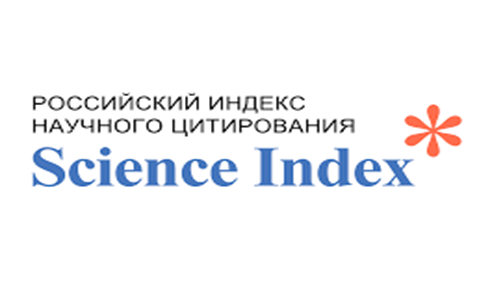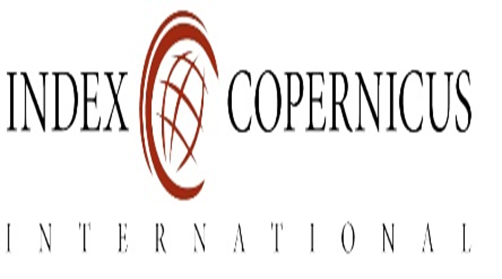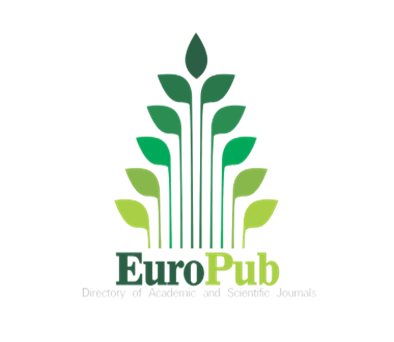The Semantics of fire and its derivatives in the ritual practice of Kazakhs: traditions and modernity
Views: 340 / PDF downloads: 354
DOI:
https://doi.org/10.32523/2664-5157-2023-2-93-107Keywords:
fire, soot, ash, Turks, rituals, ethnographic research, purification, hearth, symbol, axis mundi.Abstract
Fire and its derivatives (soot and ash) played an essential role in the traditional culture of the Kazakhs, whose relics are revered to this day. This article examines traditional Kazakh ideas of fire, soot, and ash, their functions and roles in ritual practice, as well as the symbolic content of these elements. Fire, as one of the elements of nature, becomes the mediator that “cultivated” man and became one of the archaic universals of culture. Being one of the most archaic elements of culture, fire is part of the cultural code. Using a functional approach, the authors of the article identify the practical functions of fire, which form the basis of the symbolic content in the ritual practice of the Kazakh people. Using the semantic method and cross-cultural analysis, the authors identify the symbolic content of fire. At the same time, this study is characterized by the collection and analysis of a wide range of materials (macro approach) from the cultures of Turkic and other peoples, which makes it possible to identify the main elements of these practices and their variants (types) in the global cultural space.
Downloads
Reference
Абрамзон С.М., 1990. Киргизы и их этногенетические и историко-культурные связи / Авт. вступ. ст. С.Т. Табышалиев. Фрунзе: Кыргызстан. 480 с.
Абрамзон С.М., 1949. Рождение и детство киргизского ребёнка (Из обычаев и обрядов тяньшаньских киргизов) // Сб.МАЭ. Т. XII. Москва-Ленинград. С. 78-138.
Басилов В.Н., 1994. Албасты // Историко-этнографические исследования по фольклору. Сборник статей памяти Сергея Александровича Токарева. Сост. В.Я. Петрухин. Москва: «Восточная литература» РАН. 276 с.
Березницкий С.В., 1999. Мифология и верования орочей. СПб.: Петербургское востоковедение. 208 с.
Валиханов Ч.Ч., 1986. Избранные произведения. Москва. 414 с.
Дыренкова Н.П., 1940. Шорский фольклор. Москва-Ленинград: Издательство академии наук СССР. 448 с.
Каскабасов С.А., 1972. Казахская волшебная сказка. Алма-Ата. 260 с.
Леви-Строс К., 1999. Мифологики. В 4-х тт. Т. 1. Сырое и приготовленное. Москва - СПб: Университетская книга. 406 с.
Лотман Ю.М., 1996. Внутри мыслящих миров. Человек – текст – семиосфера – история. Москва: Языки русской культуры. 464 с.
Львова Э.Л., Октябрьская И.В., Сагалаев А.М., Усманова М.С., 1988. Традиционное мировоззрение тюрков Южной Сибири. Пространство и время. Новосибирск: Наука. Сиб.отд-ние. 225 с.
Потапов Л.П., 1969. Очерки народного быта тувинцев. Москва: Наука. 278 с.
Снесарев Н.П., 1969. Реликты домусульманских верований и обрядов у узбеков Хорезма. Москва: Наука. 336 с.
Сухарева О.А., 1929. Мать и ребенок у таджиков (обряды и представления, связанные с материнством у таджиков города Самарканда и кишлаков Кусахо, Канибадама и Шахристана)// Иран. Т. III. Ташкент. С. 107-191.
Токарев С.А., 1990. Ранние формы религии. Москва: Издательство политической литературы. 621 с.
Толеубаев А.Т., 1991. Реликты доисламских верований в семейной обрядности казахов (Х1Х – начало XX века). Алма-Ата: Гылым. 214 с.
Тохтабаева Ш. Ж., 2017. Этикетные нормы казахов. Часть II. Семья и социум. Алматы: Товарищество с ограниченной ответственностью «LA GRÂCE». 168 с.
Шастина Н.П., 1957. Путешествия на восток Плано Карпини и Гильома Рубрука .– Москва: Государственное издательство географической литературы. 270 с.
Штернберг Л.Я., 1936. Первобытная религия в свете этнографии. Ленинград: Издательство института народов севера ЦИК СССР им. П.Г. Смидовича. 571 с.
Шулембаев К.Ш., 1975. Маги, боги и действительность (Общее и особенное в религиозных верованиях казахов). Алма-Ата: Казахстан. 128 с.
Эко У., 1998. Отсутствующая структура: введение в семиологию. Москва: ТОО ТК «Петрополис». 432 с.
Arakelova V., Asatrian M., 2006. Amulets, Fortune-telling and Magic: Iran, Caucasus, Central Asia and Afghanistan // Encyclopedia of Women & Islamic Cultures: Family, Body, Sexuality and health. Leiden-Boston: BRILL. P. 18-21.
Brown A.M., Farwell E., Nyerongsha D., 2008. The Tibetan Art of Parenting: From Before Conception Through Early Childhood. Boston: Wisdom Publication. 240 p.
da Silvas Gracias F., 1994. Health and hygiene in colonial Goa (1510-1961). New Dehli: Concept Publishing Company. 296 p.
Emerson E.R., 1884. Indian myths or legends, traditions, and symbols of the aborigines of America compared with those of other countries including Hindostan, Egypt, Persia, Assyria, and China. Boston: James R. Osgood and company. 677 р.
Eliade M., 1957. Myths, dreams, and mysteries : the encounter between contemporary faiths and archaic realities. New York: Harper& Row. 256 p.
Eliade M., 1959. The sacred and the profane: the nature of religion. New York: A Harvest Book Harcourt, Brace & World, Inc. 256 p.
Fischer R., Xygalatas D., Mitkidis P., Reddish P., Tok P., Konvalinka I., et al., 2014. The Fire-Walker’s High: Affect and Physiological Responses in an Extreme Collective Ritual. PLoS ONE. 9(2). P. 1-6.
Ilimbetova A.F., 2022. “Healer Snake” in the Bashkir mythological and ritual tradition // Turkic Studies Journal, Vol. 4., No 1. P. 25-33.
Кarsten R., 2010. The Civilization of the South Indian Americans, New York: Routledge. 572 p.
Payne R.K., Witzel M., 2015. Homa Variations: The Study of Ritual Change across the Longue Durée. Oxford: Oxford University press. 448 p.

